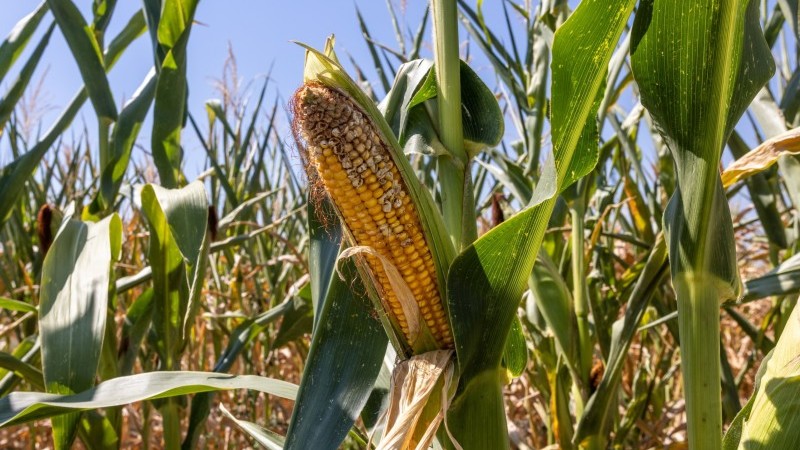Based on conversations with entrepreneurs, we outline some real-world examples of how these companies are responding to the impacts of climate change in their supply chains.
1. Potato, fruit and vegetable companies are looking to deepen relationships with growers.
The fact that growing crops has clear climatic risks is starkly evident in discussions with companies that process potatoes, fruits and vegetables. Apart from diversifying sources, building closer collaborations with producers is also a recurring strategic choice. On the one hand, this collaboration allows a better understanding of the crop's condition on the land; on the other hand, it helps to plan together how to reduce their vulnerability to the negative effects of climate change (such as drought).
2. Dried fruits and spices: Climate change will impact quality, increasing the need to diversify suppliers
Subtropical fruits, nuts and spices are good examples of products that are often imported from outside Europe and reach food industry companies such as bakeries and meat processors through trade. One dilemma created by climate change is that farmers are more likely to be exposed to disease pressure due to a combination of rainfall and temperature. To ensure a good harvest, farmers are more likely to use more pesticides. However, this increases the risk that raw materials will not comply with the strict European residue directives, reducing adequate supplies. For food producers and trading companies, good relationships with alternative suppliers, either in the same region or elsewhere, are often invaluable.
3. In fisheries, fish may migrate to other areas, creating markets for new fish species.
Adapting to changing conditions is a constant challenge for many fish processors and wholesalers. Dutch companies are expanding their scope to include other fish species such as salmon, cod, pangasius, tilapia and tropical shrimp. As a result, purchases have become more geographically dispersed. Furthermore, the rapid growth of farmed fish has made supplies more predictable. As ocean waters warm, fish populations adapt, for example by migrating. As farmed fish cannot freely migrate to colder waters, more research is being done on what rising water temperatures mean for farmed salmon and cod. These findings impact both how and where aquaculture companies work.



